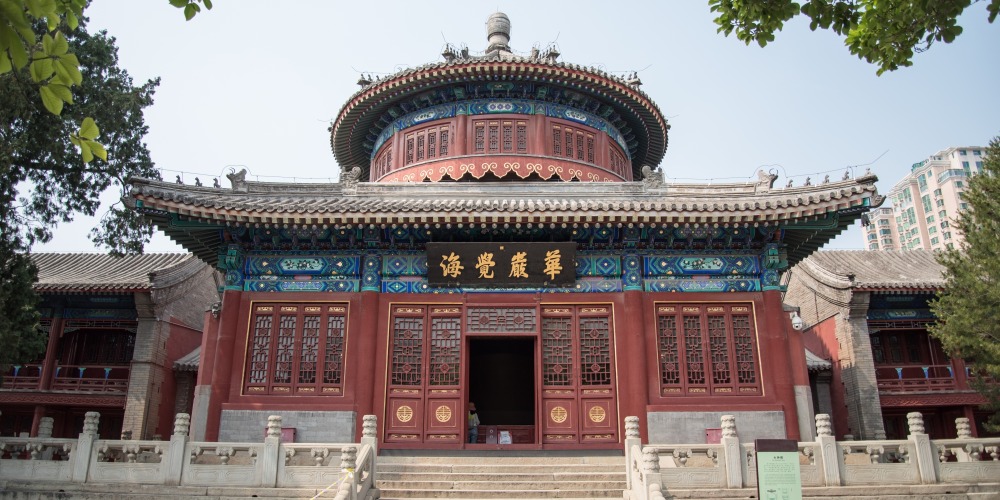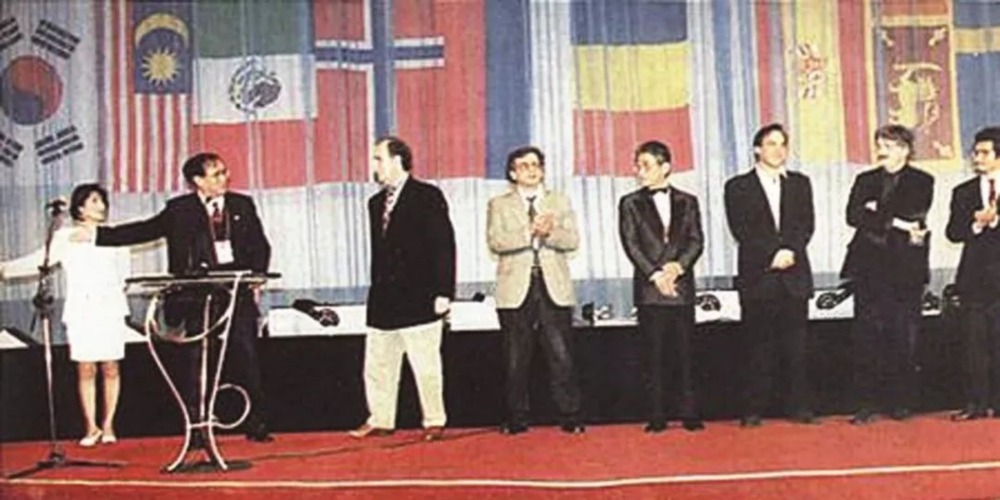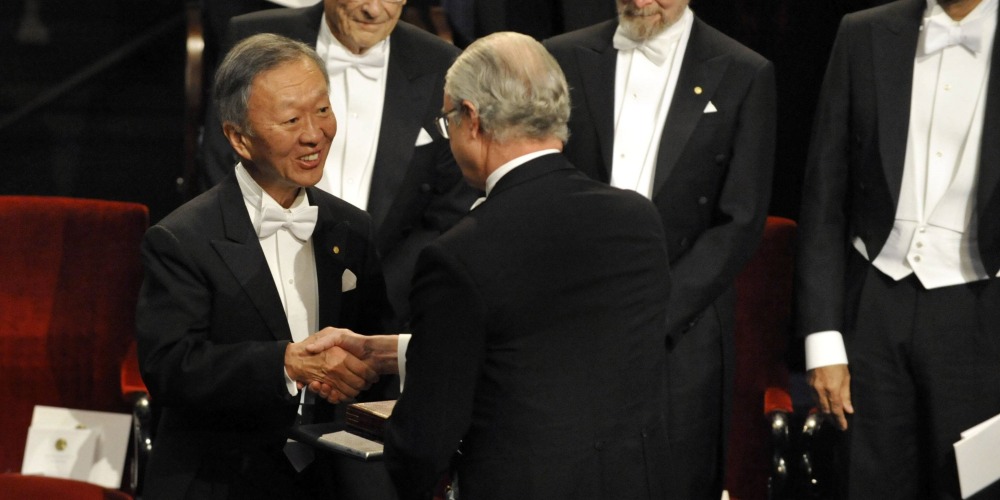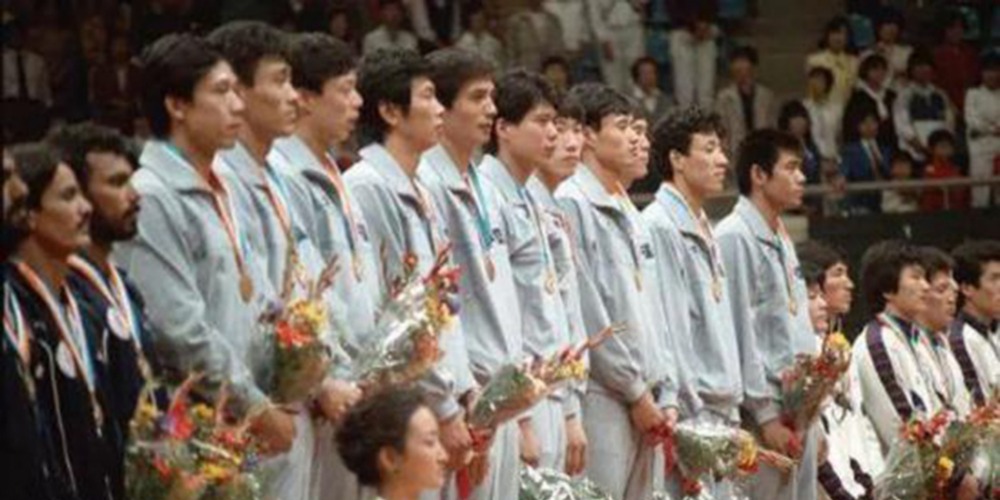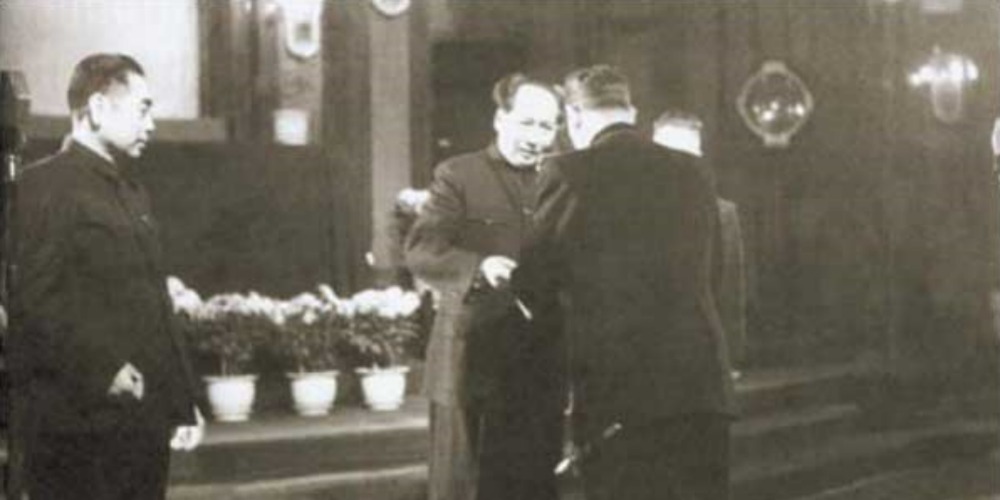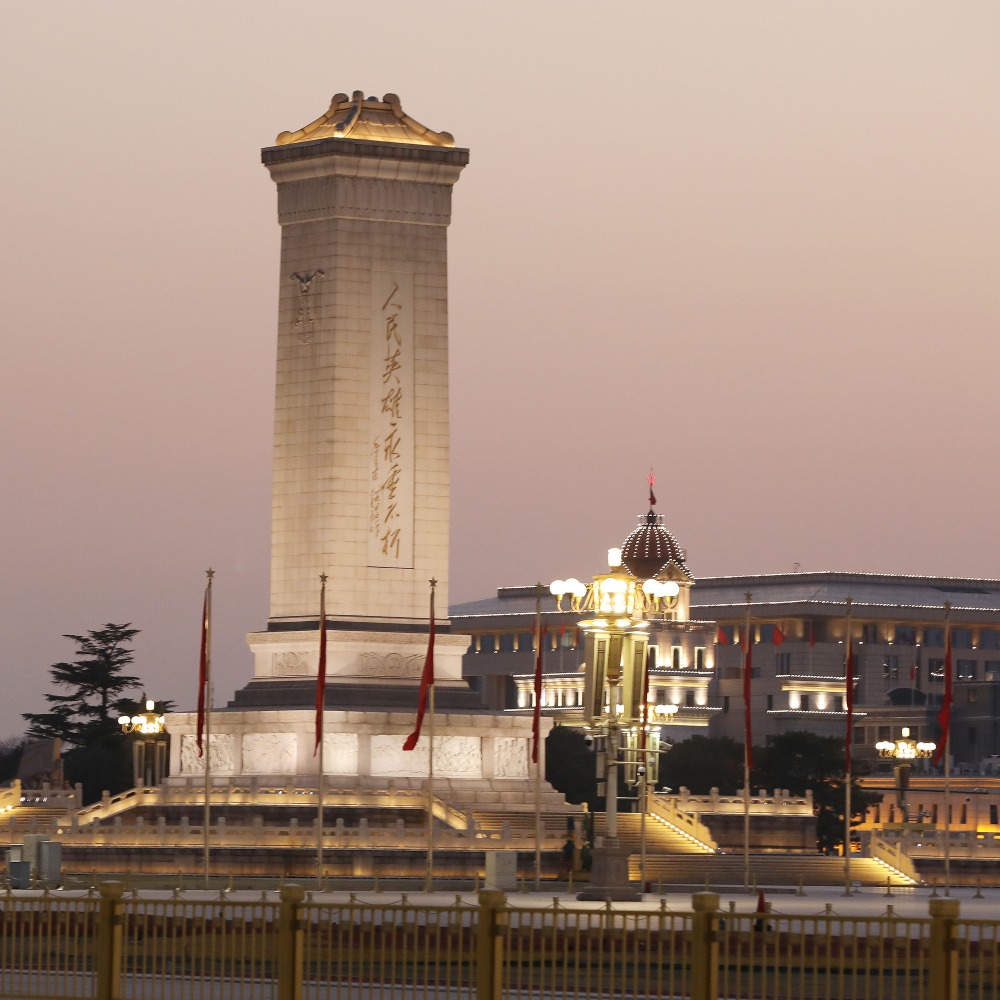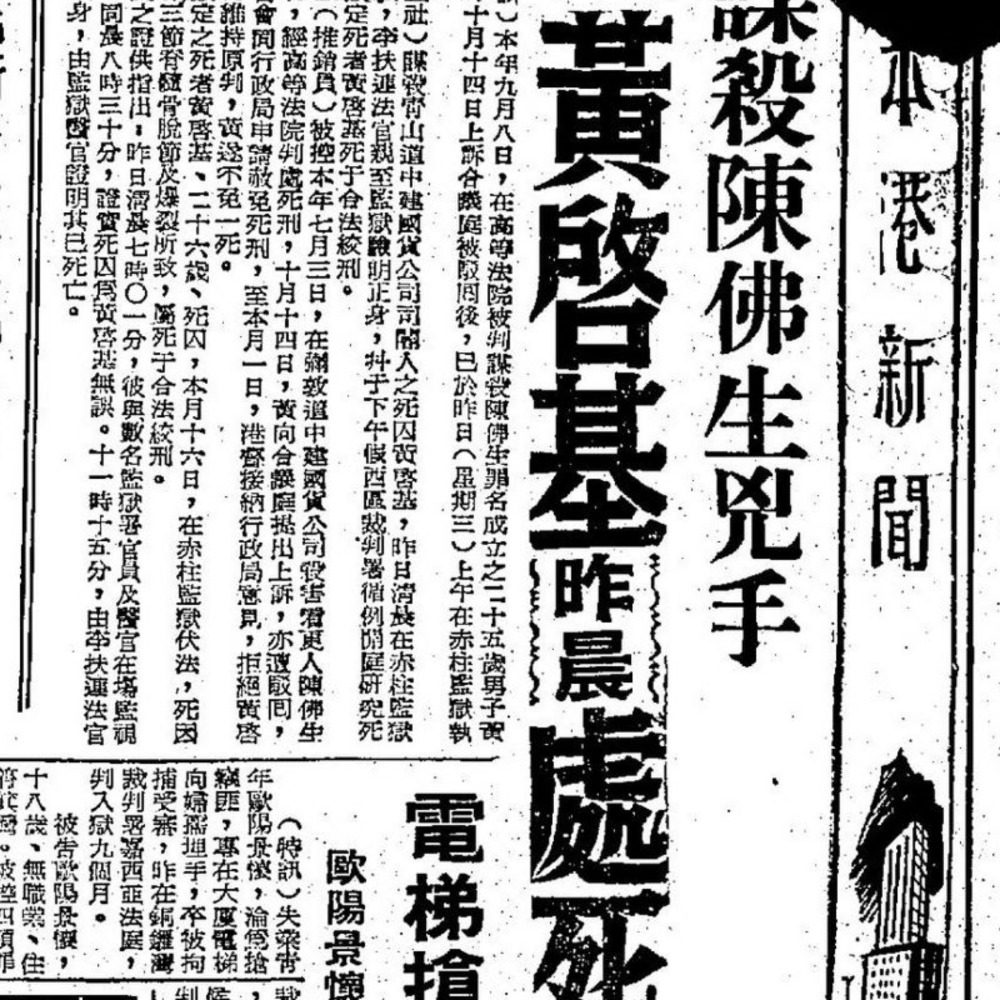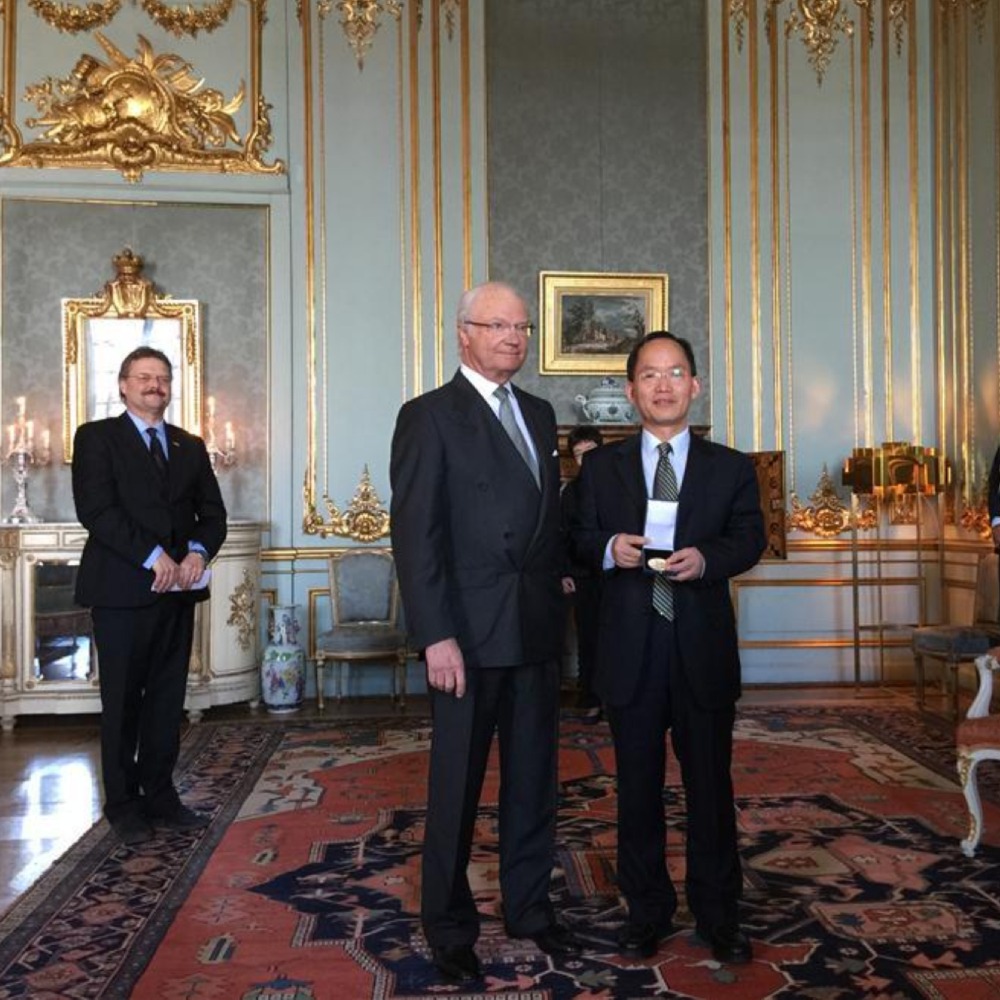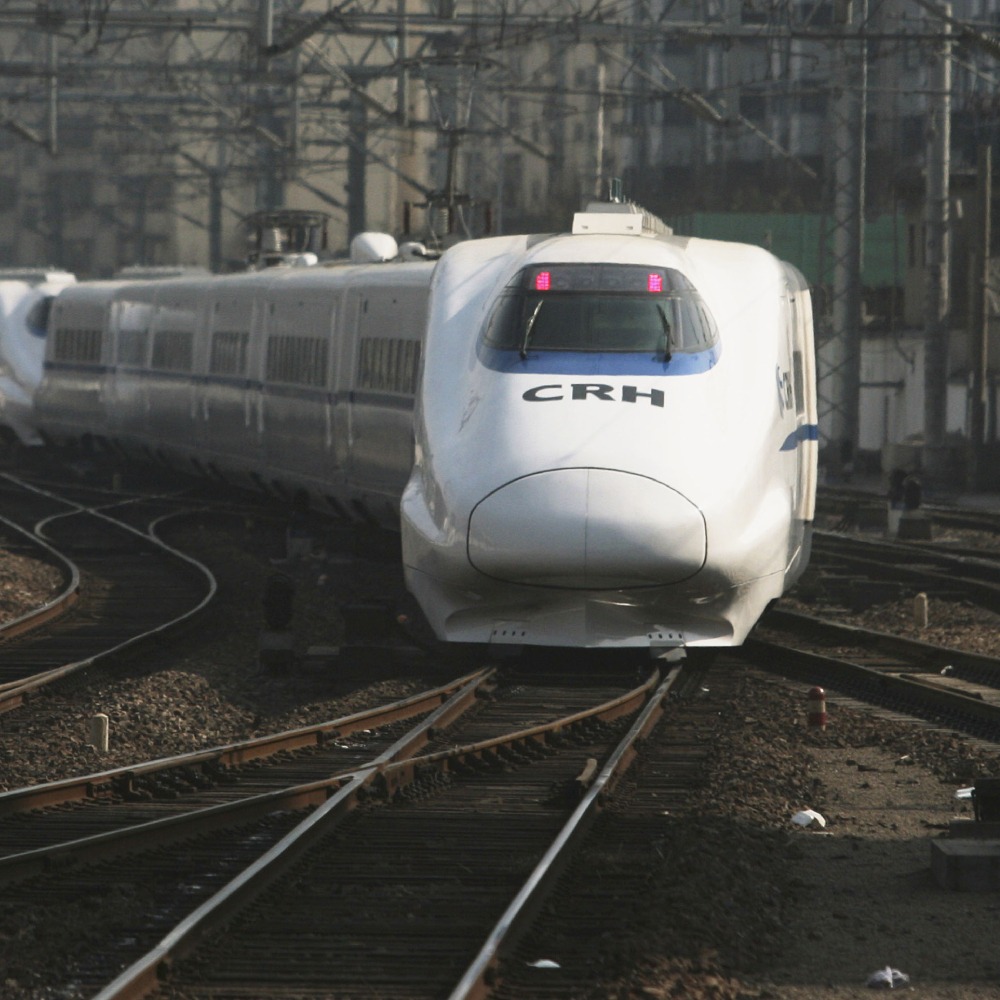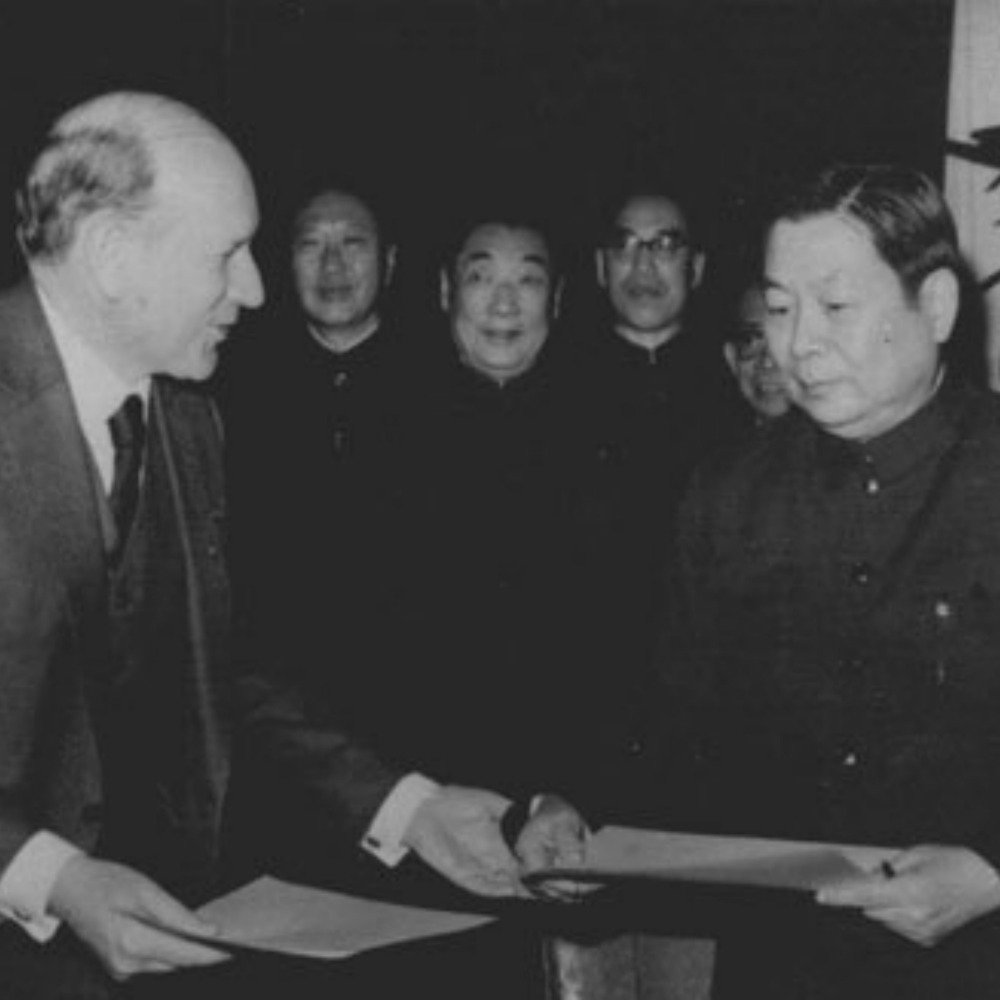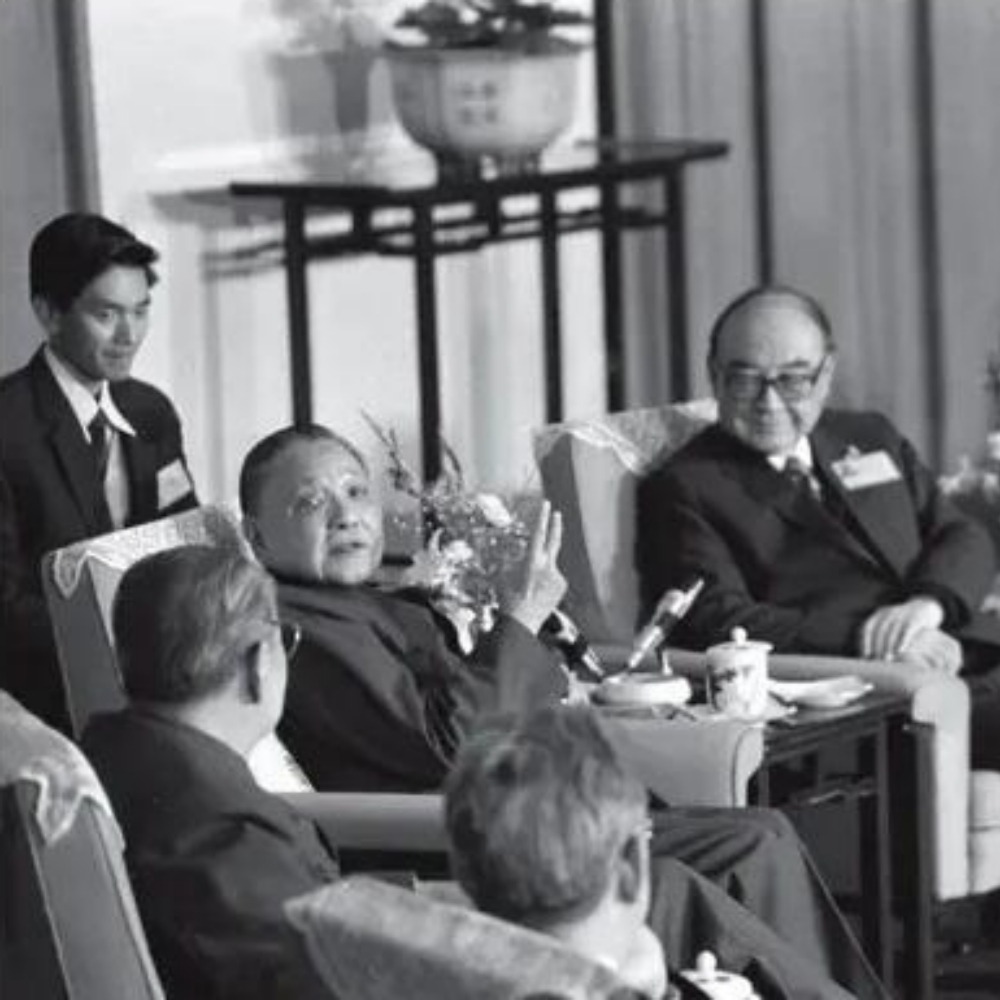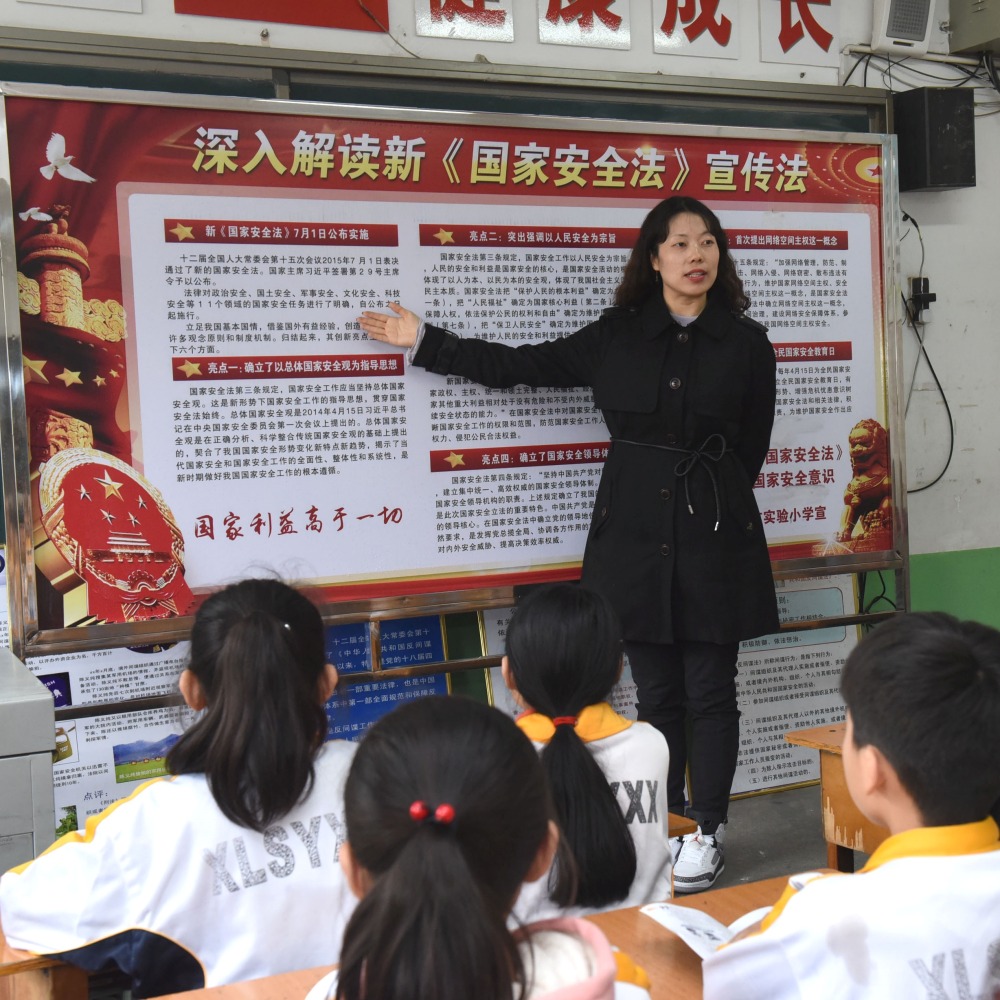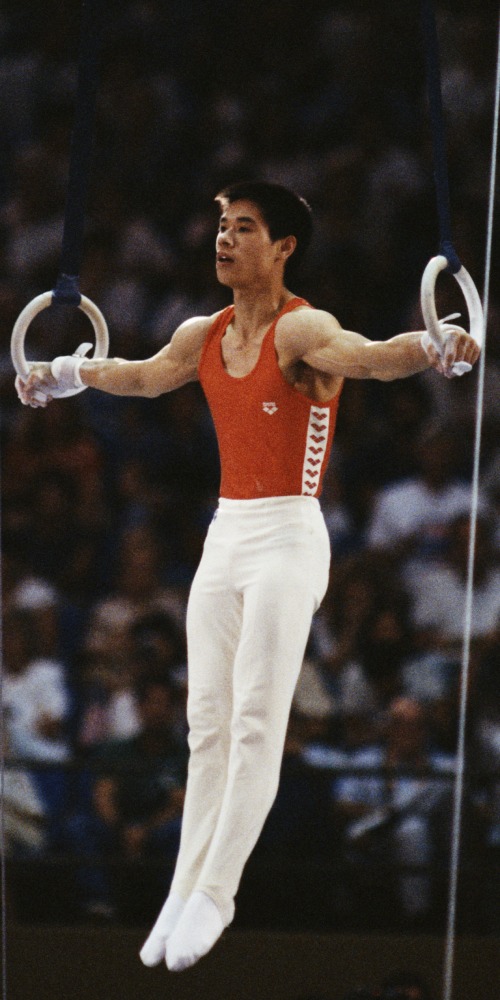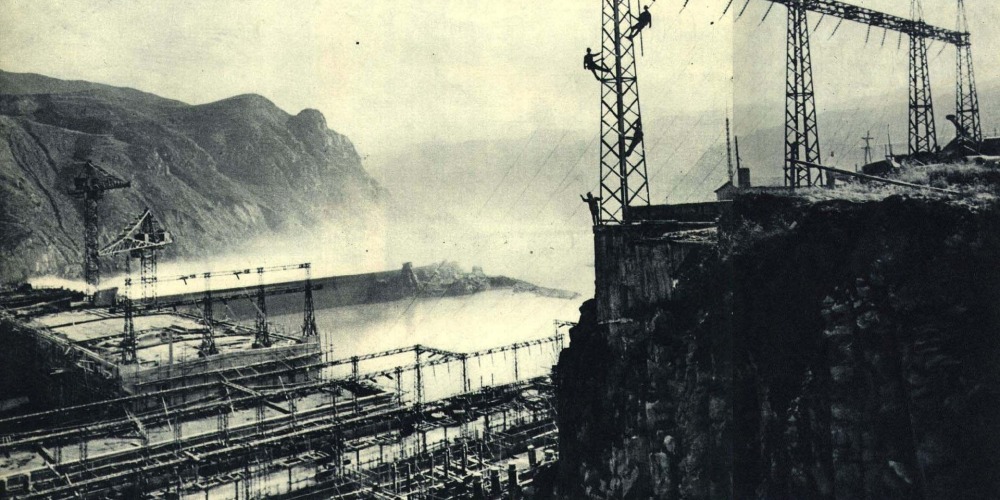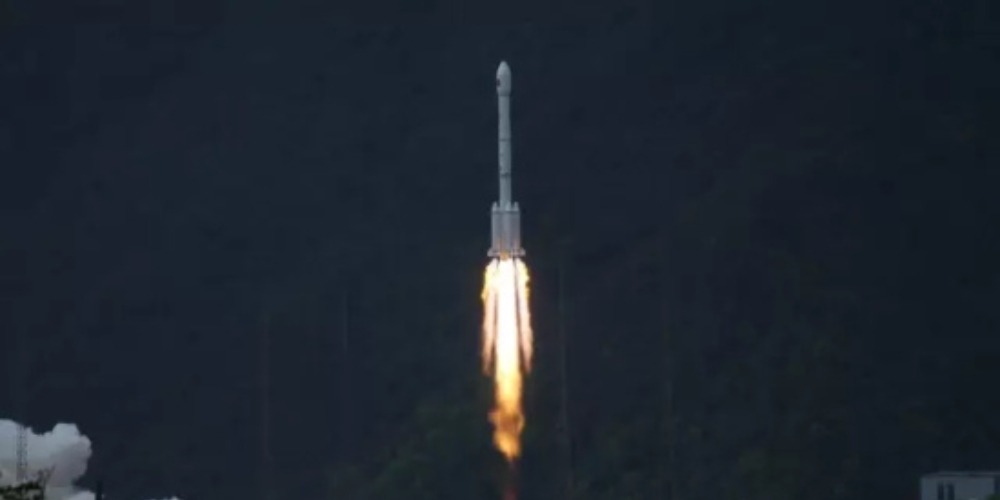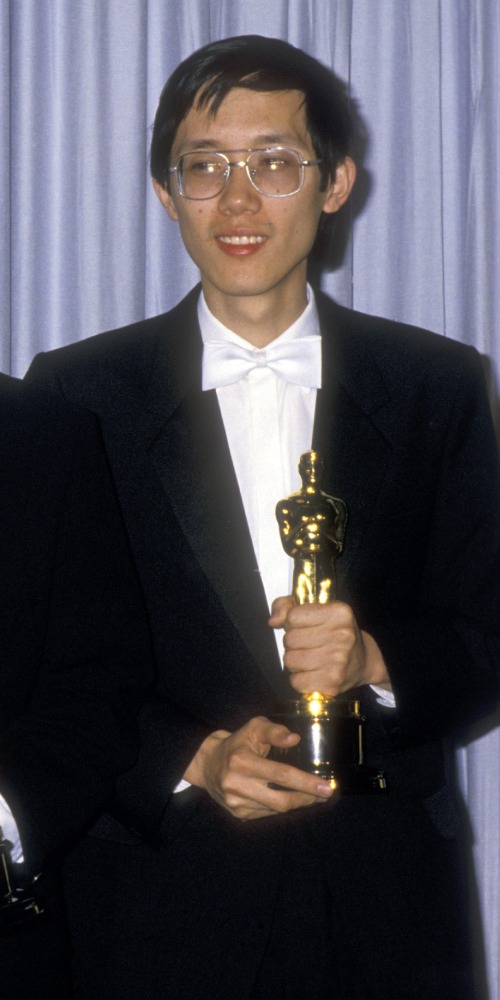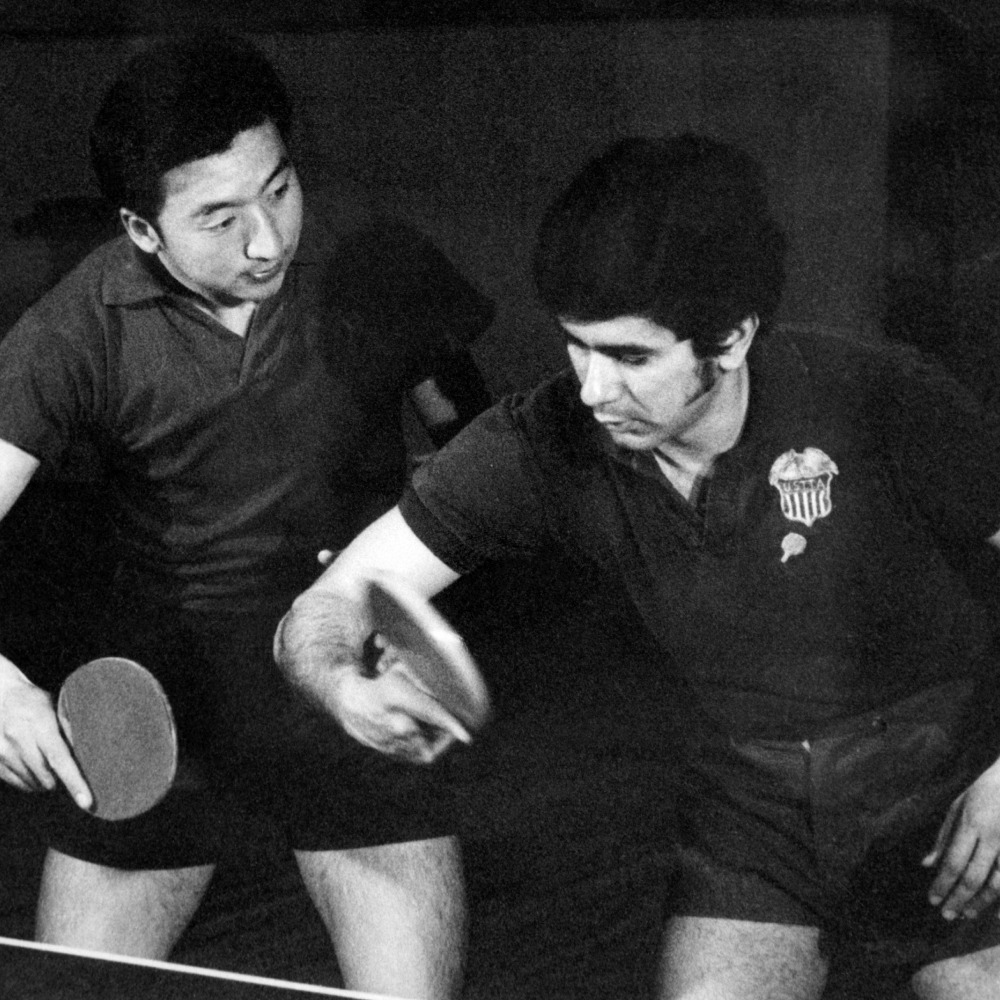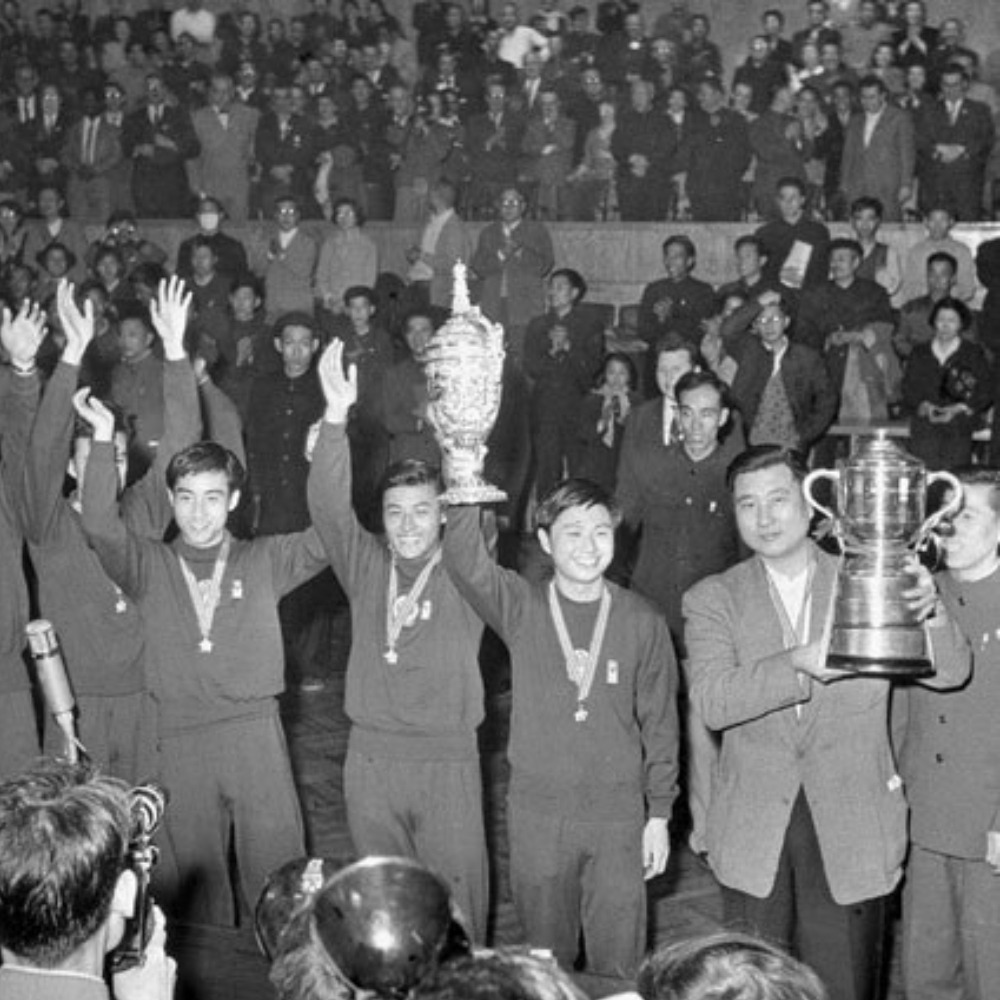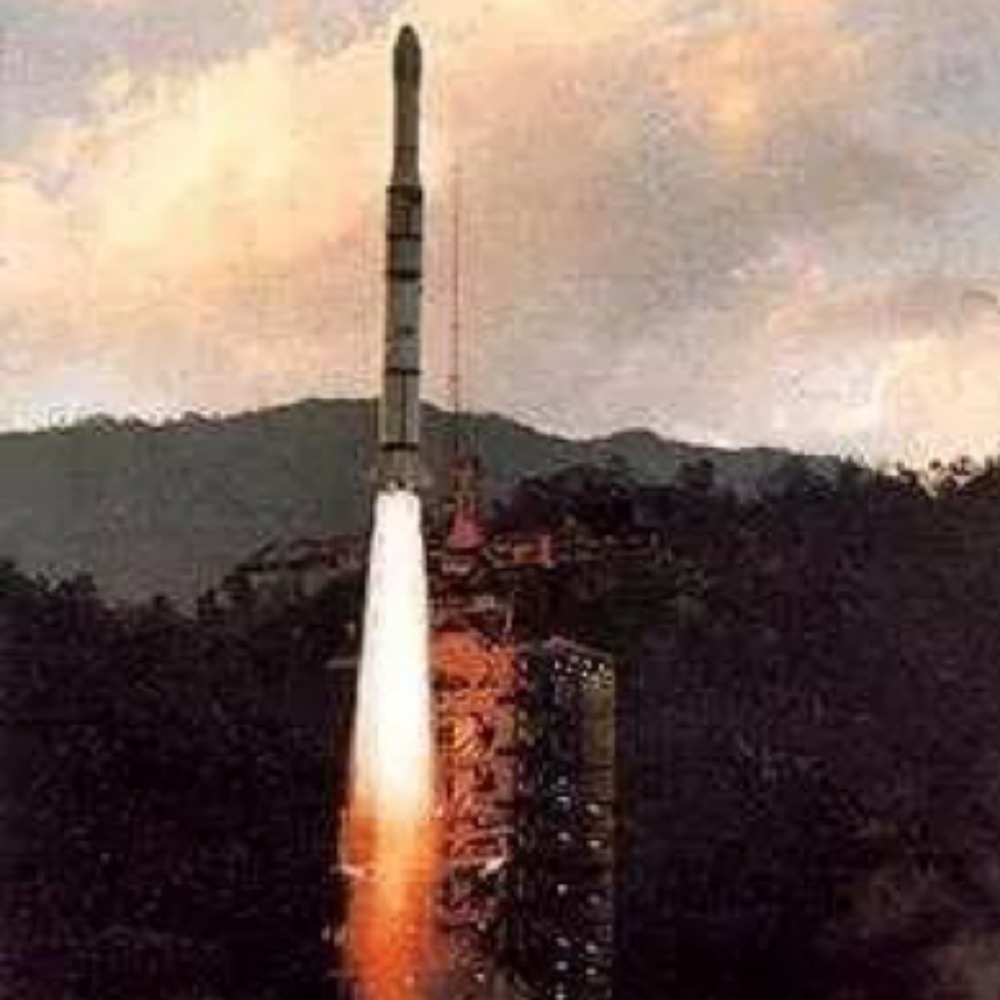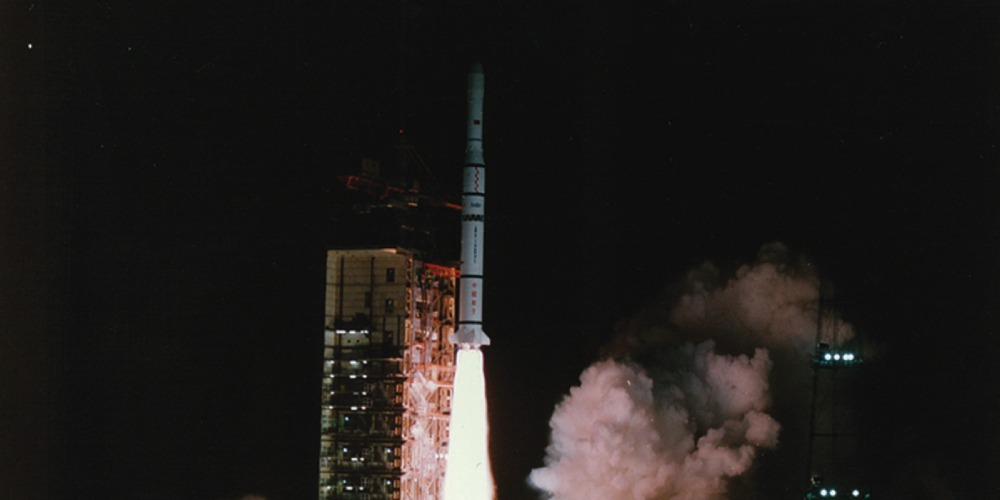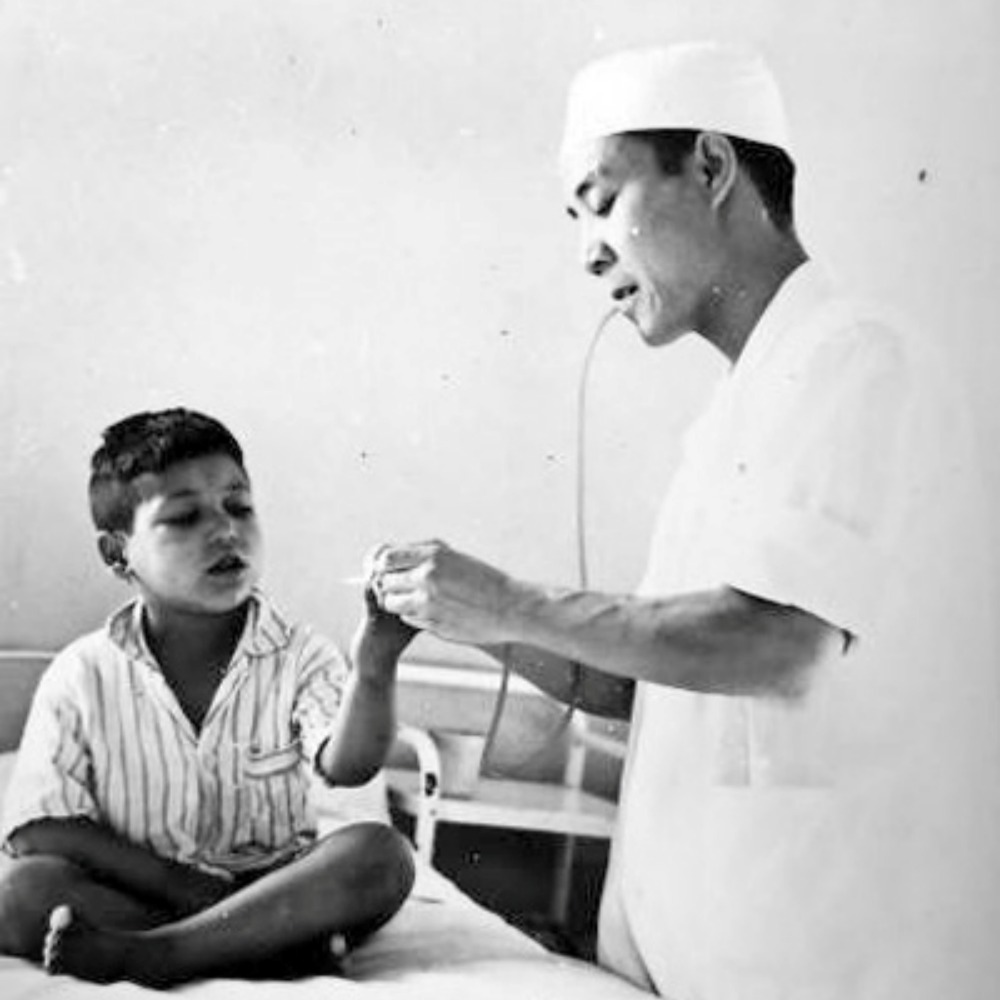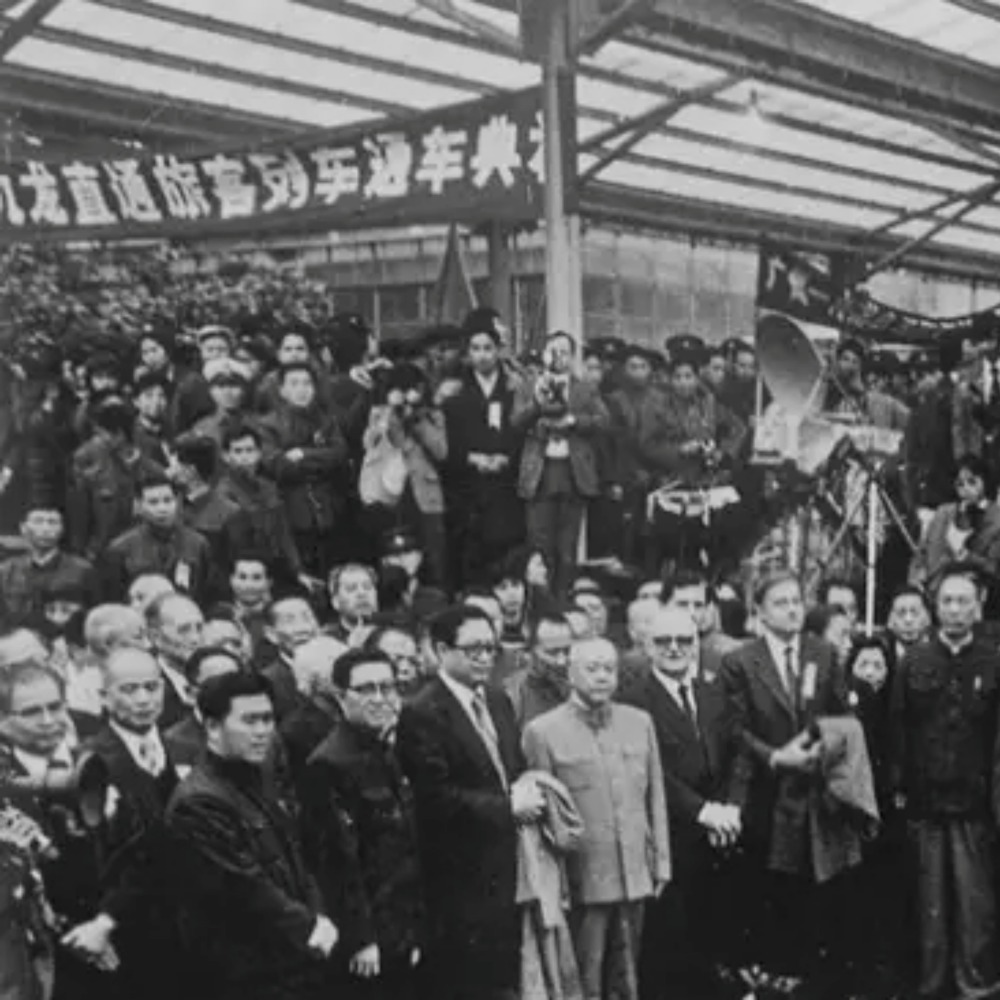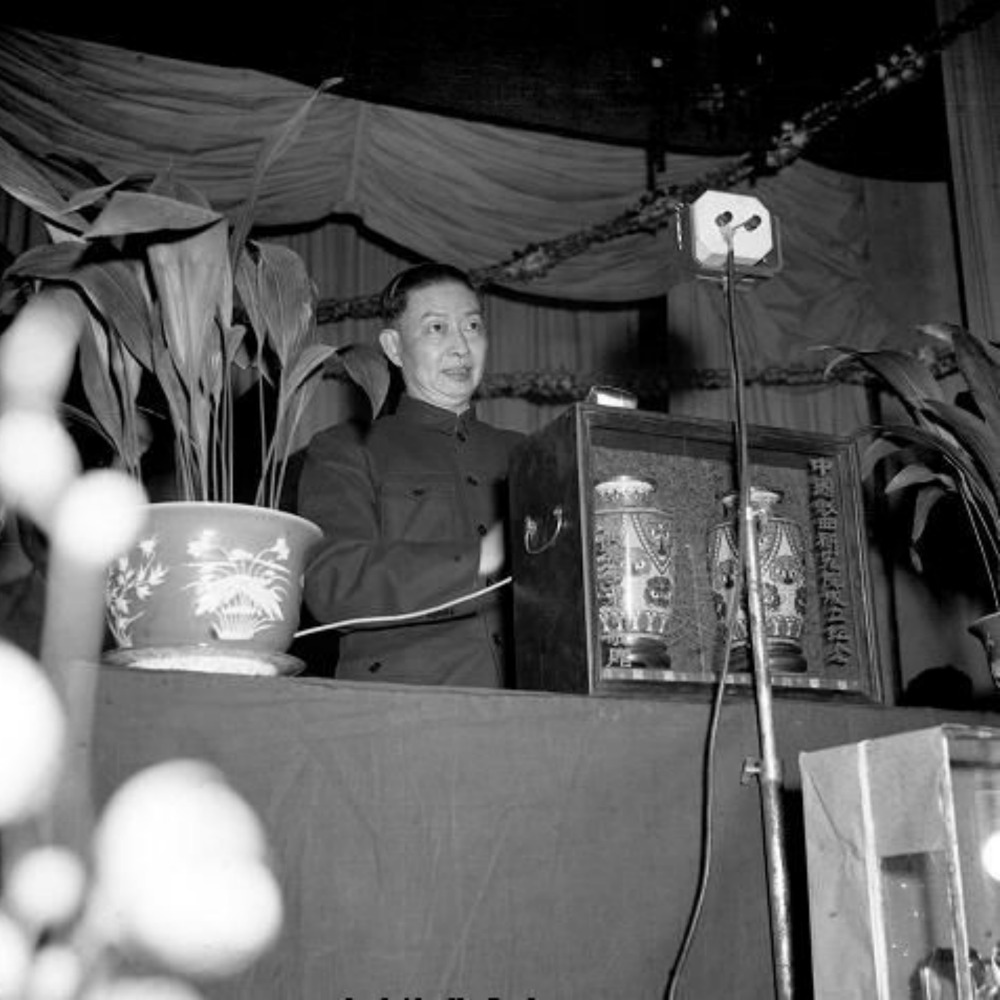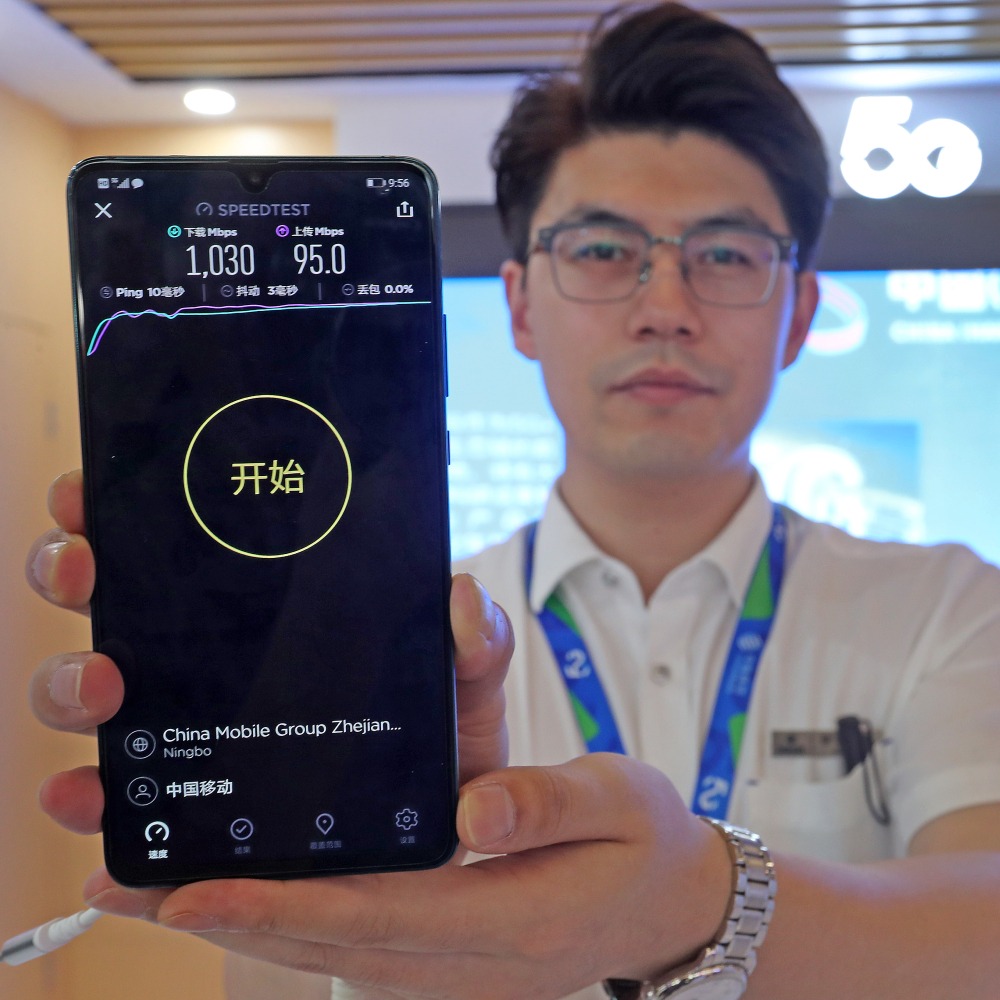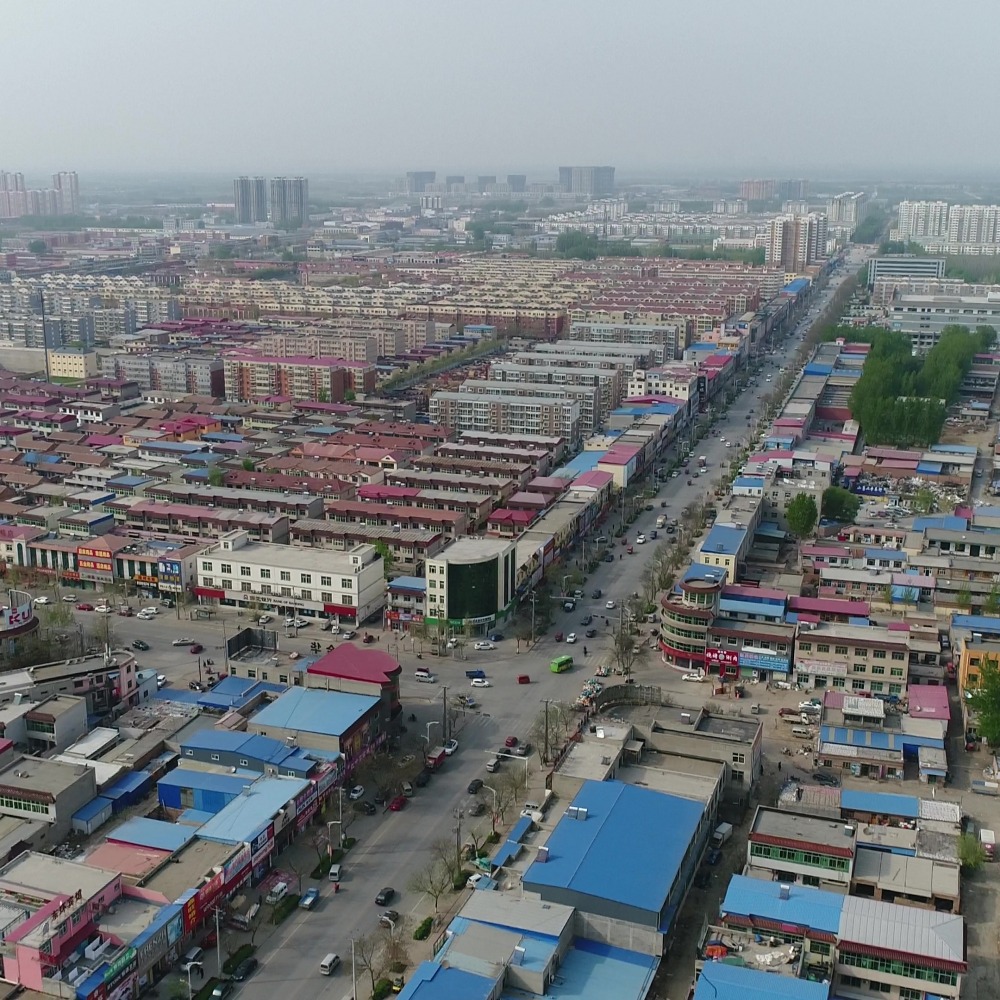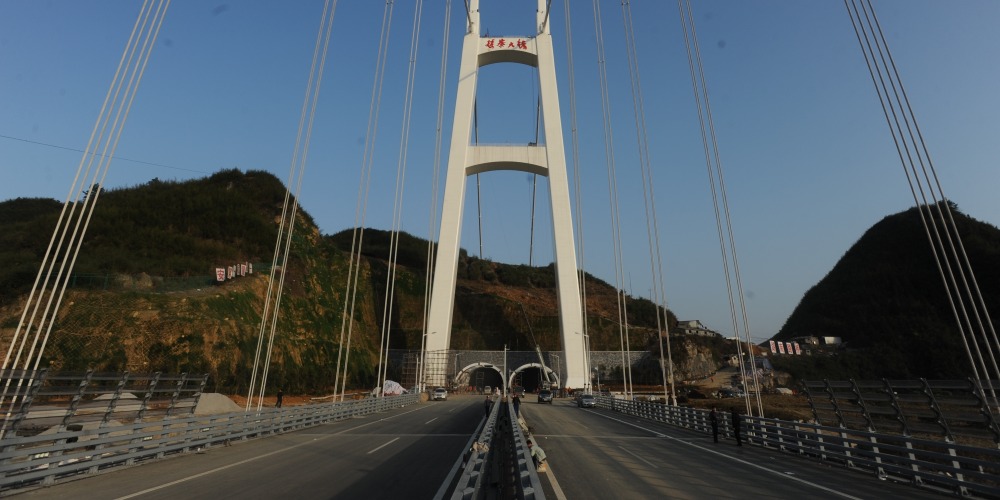Published : 2024-10-05
On October 5, 1985, the Beijing Ancient Bell Museum in Dazhong Temple (Big Bell Temple, 大鐘寺) officially opened.
Dazhong Temple, originally named Juesheng Temple (覺生寺), was built in the 11th year of the Yongzheng (雍正) reign of the Qing Dynasty (1733 AD).
It was named after a large bronze Buddhist bell suspended in the temple's bell tower, which was forged during the Ming Dynasty's Yongle (永樂) period.
The Yongle Bell has a history of more than 500 years. It stands 6.94 metres tall, and has an exterior diameter of 3.30 metres; its bell lip is 18.5 centimetres thick.
The bell is neatly cast with 17 types of Buddhist scriptures, totalling more than 227,000 characters, on both the inside and outside. The elegant, sturdy script is said to be from the hand of Ming Dynasty's calligrapher, Shen Du (沈度).
The Yongle Bell is well-crafted, exquisitely shaped, and its sound is bright with strong penetration.
In the morning, its sound can be heard more than 10 kilometres away, which earns it the reputation of the "King of Bells" in China.
The Ancient Bell Museum in Dazhong Temple is the only specialised museum in the China that primarily collects, studies, displays, and promotes bell culture.
With an exhibition area of 3,000 square metres, it houses more than 700 pieces (sets) in its collection, and has 10 exhibitions on display.
